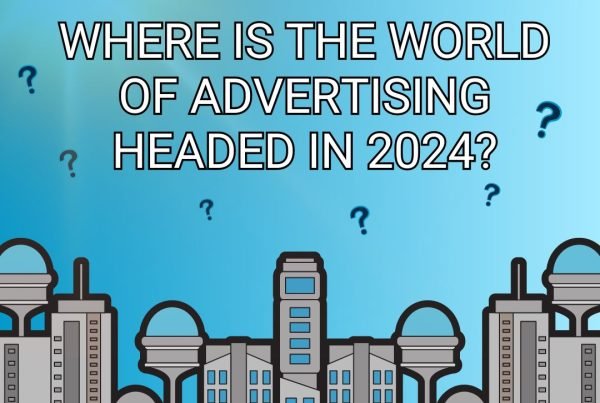In an ever-evolving world of technology, the advertising industry and media landscape are forcing advertisers to adapt to new trends. At ESM, we pride ourselves on the ability to live at the forefront of disruption and incorporate new technologies in our day-to-day operations. This allows us to improve automation and efficiency, and to provide our partners with best in class services.
Some key trends that we’ve noticed over the past year include…
Automation in Content Creation, Planning, and Optimization
Machine learning can help advertisers create personalized messages for specific consumers by analyzing data in real time and informing educated decisions on messaging strategies, including assisting with generating art and copywriting (though there are still improvements to make in that field). AI can also be used to assist in media buying, with algorithms playing a key role in campaign optimizations and adjustments.
While generative AI and machine learning haven’t demonstrated a true ability to replace experienced marketers, it has improved our ability to react to market changes, more efficiently develop content, and allows media strategists, planners, and buyers alike to optimize proactively as opposed to reactively.
Source: Engati
Changes in 1st and 3rd Party Audience Targeting
With constant conversation surrounding data providers eliminating access to 3rd party data, the aggregation and generation of first-party data is becoming essential to any long term advertising goals. The usage of first-party data allows advertisers to leverage custom audience personas, personalize messages, and save money by counting out customers you think don’t need to see your ads anymore. The collection of first-party data can also be used to develop advertising strategies to deliver specific campaigns to a customer’s preferences.
At ESM, we’re taking the following measures to create alternative solutions to 3rd party cookie data:
- Expanding our pipe and API connectors to include more gateways to push and receive audiences. This includes social channels (FB, Twitter etc), as well as direct publishers. These pipes can also import audiences from publishers where available, and allows us to create personalized segments.
- Setting up PMP deals across more sources of inventory to diversify our available ad environments and formats.
- Partnering with data providers who specialize in social graphing to define audiences based on connections instead of behaviors.
Source: Deloitte
Location-Based Advertising Opportunities
While location-based advertising is not a new capability, the impending elimination of 3rd party cookies on the horizon makes it more important now than ever. Leading location-based advertising services are investing in research to make location-based targeting even more accurate, and it’s expected that geography-based targeting will continue to advance with the rising innovations of smartphones like GPS, Wi-Fi and Beacons. This, paired with geographically based audience research, creates an opportunity for persona building that uses location as a proxy for audience characteristics (such as demographics and behavioral traits).
Source: MarTech Series
Tik Tok is Changing the Way We Consume Video
Tik Tok’s emergence as an alternative to other social and video channels is affecting the digital marketing landscape in a number of ways, but one that may fly under the radar is the platform’s increasingly crippling impact on attention spans. The endless swiping nature of the app, coupled with the average video length being 21-34 seconds, is causing a massive shift in the way users engage with content. Short form video has been essential to video-centric marketing strategies for years, and this evolution in consumption is informing the way advertisers are thinking about content strategy.
With users adjusting their attention span to mirror the short messages they receive from videos, many advertisers are shying away from lengthy, informational ad content and opting for shorter, quippier, and more clear messages to improve ad recall among viewers.
Source: Buffer
Influencer Marketing is Evolving
While influencer marketing is relatively new to the advertising scene and has truly evolved over the last 5 years (derived largely from the rise of social media personalities), it’s become an important consideration when reaching both younger and highly niche audiences. Social media influencers can have a strong impact on how some people behave and how people model their lifestyle. Recruiting an influencer to promote your brand requires a deep dive into who exactly would be a good fit, but can do wonders in terms of convincing social media users to support your brand.
Aside from the inherent benefits of working directly with the right influencers, technologies have emerged that allow advertisers to build audiences based on engagement with influencers, public figures, and online communities. Many social media platforms have also begun to adopt in-platform targeting capabilities around keywords and niche areas of interest (think Reddit and Twitter).
Source: Mailchimp



